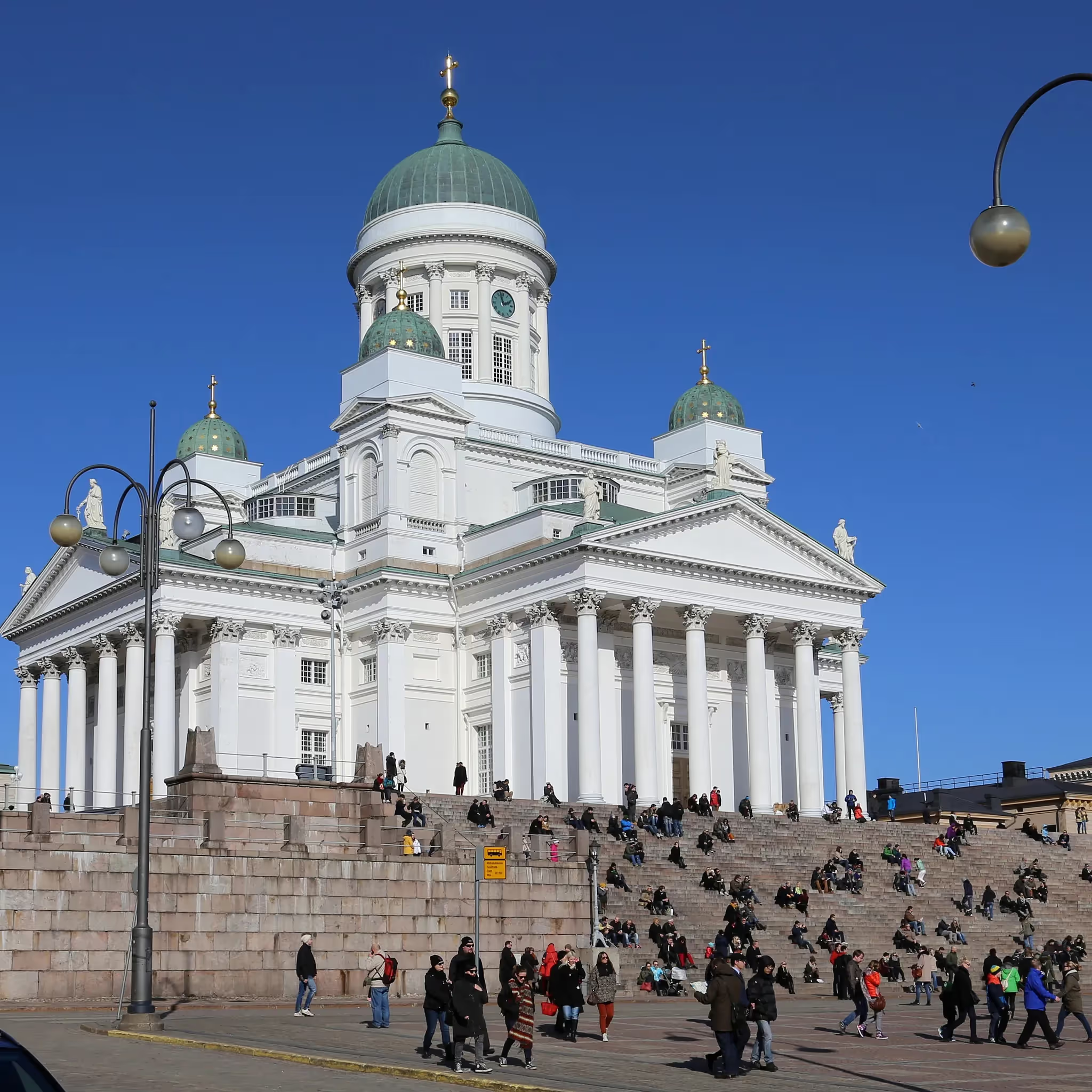A biweekly newsletter with public space news, resources, and opportunities.
A curated dispatch on all things public markets plus the latest announcements from the Market Cities Program.
Please note that these Hall of Shame nominations were written in a moment in time (most over a decade ago) and likely have since changed or even been transformed. If the above entry is now great, or still not so great, go ahead and comment below on how it has evolved or nominate it as a great place.


Senaatintori is centrally located in the urban core of Helsinki. The square and the civic and cultural institutions located within it are easily accessible by pedestrians, cyclists, and public transportation. The institutions on the square provide a constant flow of local residents soliciting their services and their exemplary neoclassical designs draw many tourists to site. The square is free of any permanent installations (save a bronze statue of Tsar Alexander II), making it a convenient pedestrian route through the dense city center. Along with its central location, the open, flexible space of Senaatintori makes it a popular venue for public programming, meetings, and demonstrations all year round. While the center of the square serves primarily as a thoroughfare, the edges of the square are where locals and visitors tend to congregate and linger. During the summer months, the cafés and food carts along the edge of the square put out folding chairs and tables, and the monumental staircase that leads up to the Lutheran Cathedral all provide spaces for government employees, university students, and visitors to sit and watch the activity on the square.
Senaatintori has been the central public space in Helsinki since the 17th century. Though its location has remained the same, Senaatintori has taken several different forms since it was first designed, transforming alongside the country’s changing ideas about social and civic life. Senaatintori’s contemporary form was designed in the early 19th century, when Tsar Alexander II moved the capital of Finland from Turku to Helsinki, to demonstrate the new Russian regime in Finland. Architect Carl Ludvig Engel adapted the square’s design to represent the four powers of the state, as conceived at the time: the senate, the church, education, and commerce. Each of these state powers was assigned a side of the square, and a Government Palace, Lutheran Cathedral, university, and merchant houses were built. Today the institutions occupying the square are still symbolic of the powers of the state defined over two centuries ago; the Government Palace is now the site of the Palace of the Council State, the National Library of Finland has taken the place of the old university, the merchant houses have been taken down to make room for an open-air bazaar and city offices, while the Lutheran Cathedral remains unchanged.

*Please note that these Hall of Shame nominations were written in a moment in time (most over a decade ago) and likely have since changed or even been transformed. If the above entry is now great, or still not so great, go ahead and comment below on how it has evolved or nominate it as a great place.